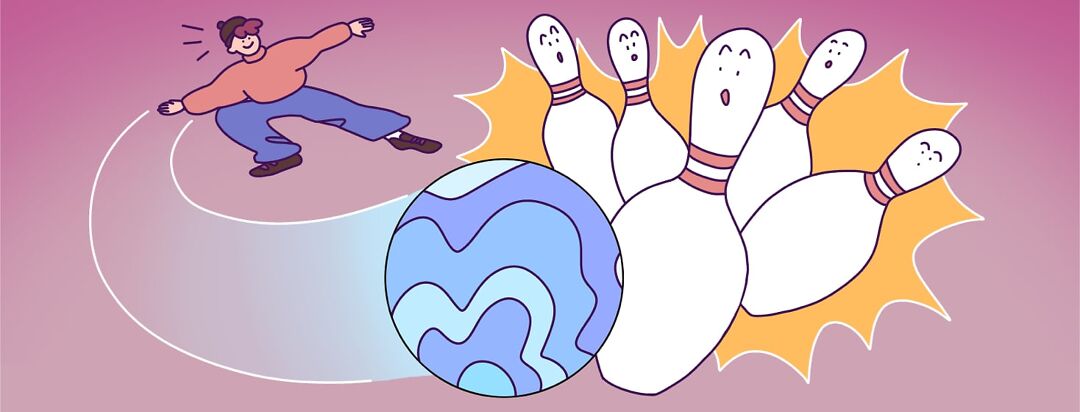From Reactive to Proactive: Self-Administered Treatment
There's been a big change this year in how I approach my rare disease, hemophilia A. I'm treating myself at home once a week. Until now, I have always treated a bleed "a la carte." As a kid, that meant a lot of treatments for nosebleeds, playground accidents, and having to use crutches during the 1st Grade Christmas concert, which added a very nice nod to Tiny Tim, if I do say so myself.
Hemophilia medication complications
So why did it take me until the advanced age of 48 and 50 weeks to treat myself prophylactically? Answer: the huge caveat that was the tainted blood scandal of the 1980s. My hemophilia medication has resulted in me contracting hepatitis B at age 6, HIV around age 9 (diagnosed at 11), and, finally, hepatitis C at 18.
Welcome to adulthood, kid.
Self-administering treatments
Learning how to self-infuse hemophilia treatments in my thirties was the first significant change. It was so much better being able to treat at home, as opposed to driving across town to the hemophilia treatment center. Now, treating prophylactically for people with hemophilia is very common—and has been for quite some time.
On my journey, it's breaking new ground, and those first weekly sticks resulted in me becoming my own pin cushion. I found humor in it because I was going in cocky after a recent run of one-and-dones.
These rare diseases sure know how to humble a person, don't they?
I'm thankful for my friends who also live with hemophilia and my healthcare team, who are always ready to give tips or remind me of a trick of the trade that I may have overlooked.
Simply put, veins are, quite literally, moving targets. While getting annoyed at missing over and over again is natural, remaining in that negative headspace only lessens the odds of success.
The younger me might have gotten pissed off. At 49, I'm wise enough to know when a simple breather is required in the form of a slice of key lime pie and a segment of Golden Girls.
Rare diseases keep you humble
A funny story: I was curious about bowling at the peak of my clotting percent, which is an hour after my infusion. Would I Hulk-out and bowl a 300? Or break 200 for the first time in over a decade?
Nope.
Bowling, like rare diseases, never misses a chance to humble.
Still, I was proud of where I was at in the actual game: the adventure that is my life. Who knows, maybe I'll roll that perfect game in my 60s? Treating once a week helps prevent "micro-bleeds," internal bleeding so minuscule that it's unnoticeable and thus goes untreated.
Think micro termites. Over time, a lot of a little bit of a bad thing can take its toll. In the early months of this significant change, I've noticed that my favorite exercise, walking, is now more readily available.
Respecting my body's limits
My arthritic ankle seems to hold up way better. I don't even think about icing it after a long walk, and I'm not limping around as much, either. I used to only walk around the house with slippers on because they offered more support. Now, it feels better to walk around without the slippers sometimes. Oh, and get this: I actually jogged for about 30 yards or so on a couple of recent walks.
I am safely challenging myself on the fly to try a light jog, and utilizing the sound strategy to focus on form proved successful. The greatest gift of my rare disease has been a healthy respect for my body's limits and to respect its subtle warnings.
For instance, when 2 games didn't warrant the scores I was hoping for, I almost bowled a third. I'm glad I didn't because the next day, my ankle felt a little tender. So don't worry about me. Just because I have normal levels of clotting factor for about half a week, that doesn't mean I'm going to enter a Toughman Contest.
Or start training for the Olympic pommel horse team, even though I have the right look from the neck up. Even with new doors opening, hemophilia or not, I'm just simply more of a writer than I am an athlete.
Which means I know a good dismount when I see one.

Join the conversation